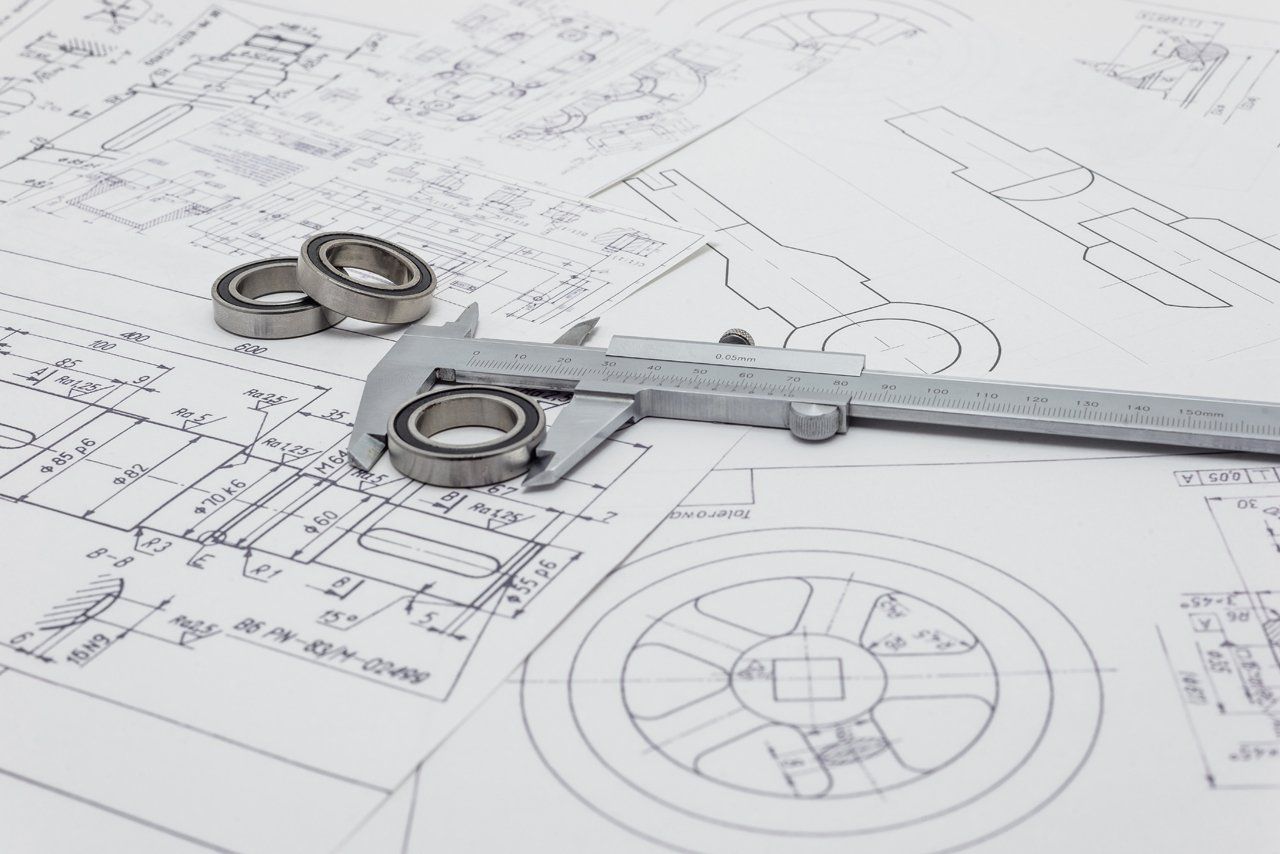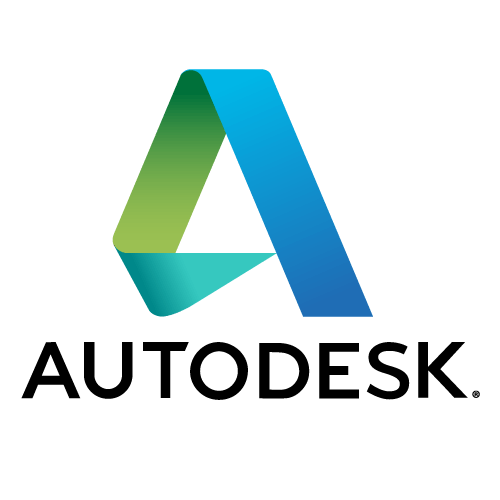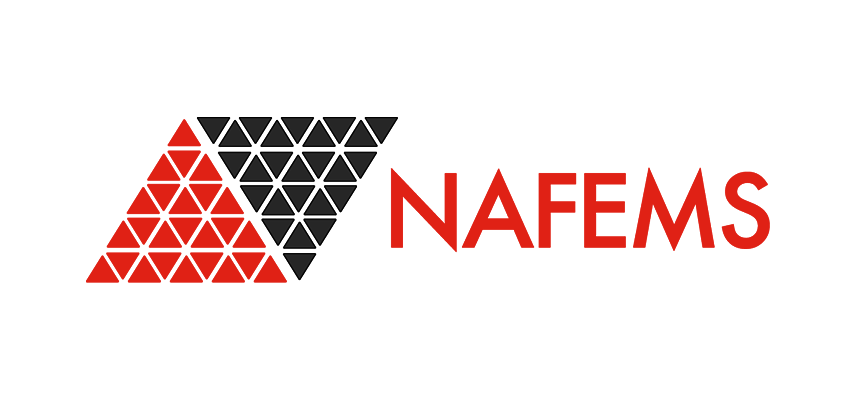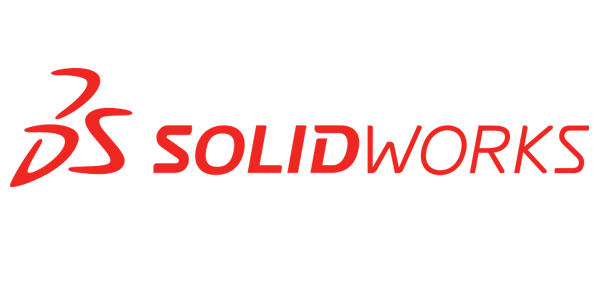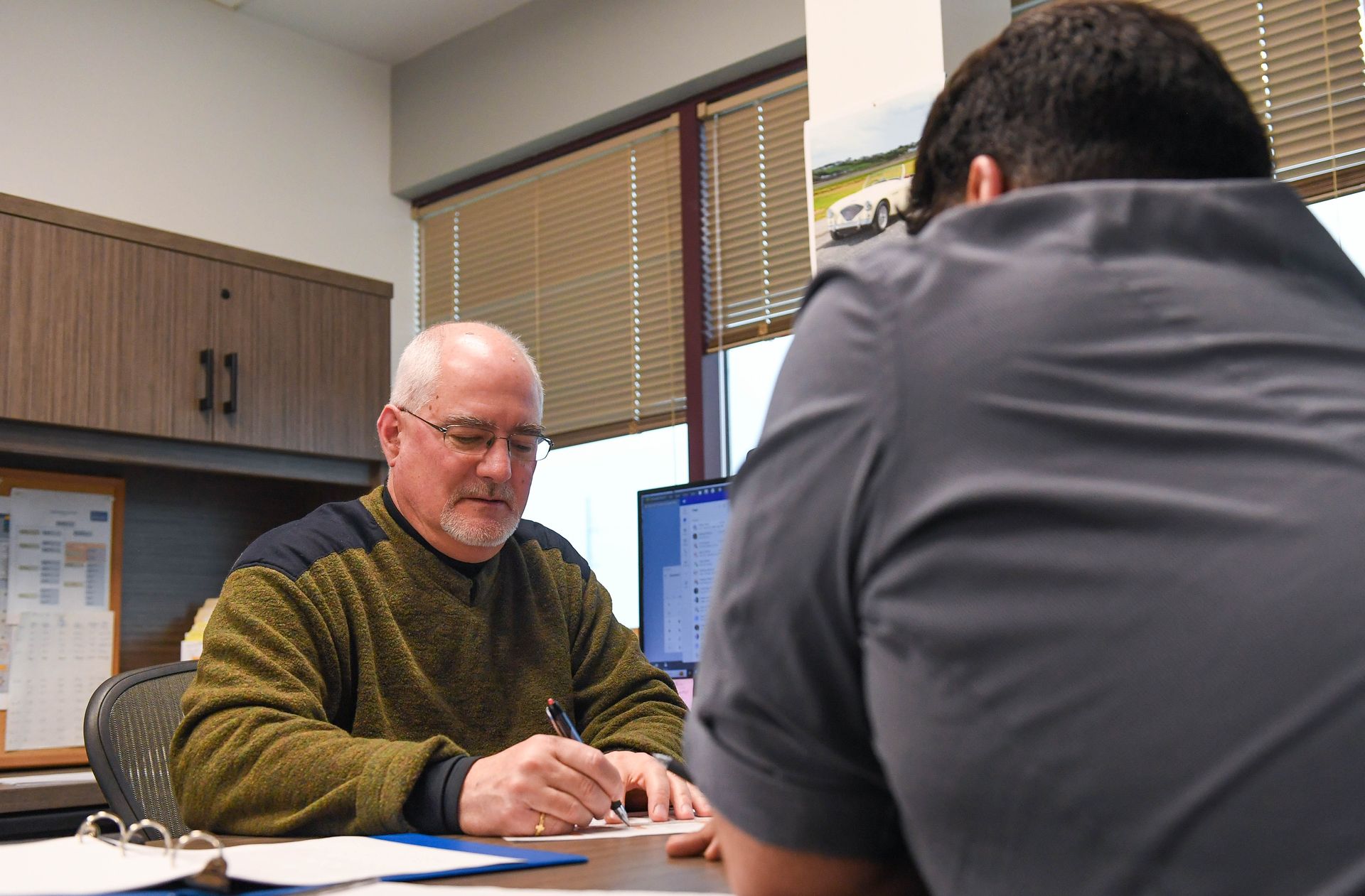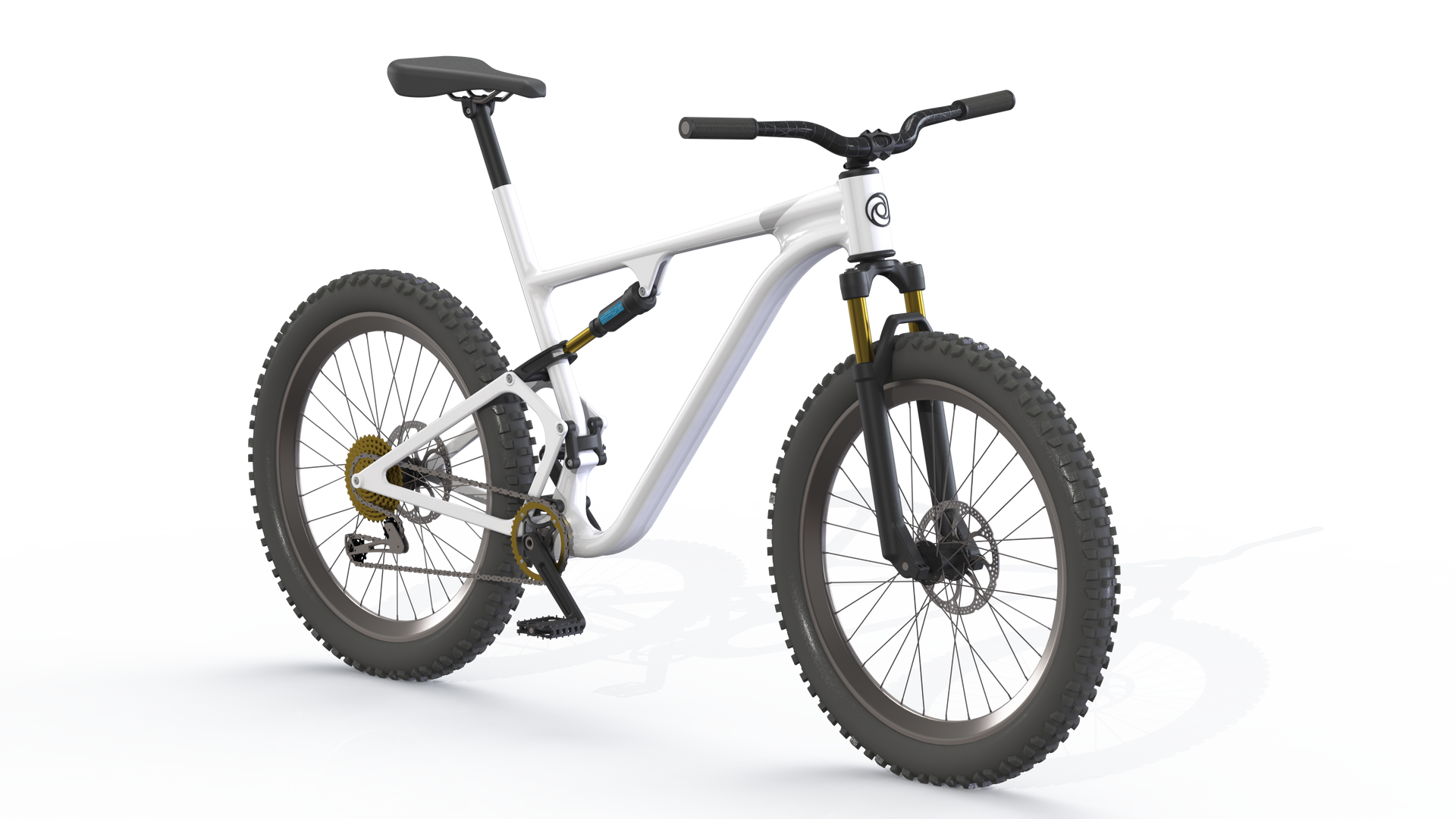3 Amazing Resources for Planning Your Next Design Project
#1: How to Brainstorm
First off, you need an idea for solving the problem. How do you generate an idea? You have a good old brainstorming session. The greatest thing about brainstorming is that there isn’t really a “wrong” way to do it. Any brainstorming that ends up with ideas on paper is a good one.
The really stellar brainstorming sessions, though, follow the “Three C’s”.
Collaborative -- Brainstorming works best as a group activity. Bringing in fresh viewpoints can keep the conversation going and bring in more great ideas.
Creative -- Don’t try to keep your brainstorm in a box. Be as creative as possible, and remember, there are no bad ideas at this stage. Sometimes the idea that’s a little off the wall is what works best!
Catalogued -- Keep a good record of your brainstorming session. If you don’t, you could end up forgetting ideas that are helpful down the road. A catalogue of ideas also allows you to go through them again if you want to take a step back before making a decision.
#2: How to Run With A Good Idea
Now that you have ideas to choose from, it’s time to pick the good ones. At this stage in the
engineering process, find around 3 - 5 ideas and go over them with a fine-toothed comb.
This is where you get into the nitty gritty of how your idea would look in practice. The ideas that are here are helpful, but to really run with a good idea, you need to know its weaknesses, too.
Find out what the worst things about this solution are, and then figure out how to make them into a strength. If they can’t be an asset, figure out how to keep them from being a liability. You don’t want to create more problems than you solve, so this is your “warm-up”.
This helps you run with your idea because putting in the extra work
now means you won’t be caught by surprise
later.
#3: How to Test Your Ideas
Congratulations! It’s time to test your idea. If you made it to this stage, you probably have a great solution to your problem ready to go.
The testing stage looks very different depending on what you’re testing. If you’re testing a product vs a new workplace layout, for instance.
The one key thing to remember about the testing stage is to be rough on your idea. Don’t only test it in ideal conditions. If you’re testing a product, put it through the ringer. Do everything possible to find out its limits during testing, so you know them when you put it to work.
If you’re testing
a workplace or building layout, don’t operate under ideal slower or regular paced conditions. See how the design holds up during the busiest times, and make any changes you need to.
Planning and Executing Your Design Project
Planning a design project means intense days and nights of work. When you have a plan laid out, execution is even more work on the other side. When you’re planning your design project, don’t be afraid to ask for help.
Finite Engineering has over 35 professionals ready to help you out with the design and execution of your ideas to solve your problems. Give us a call at
(913) 578-8282 or
send us an email to get started.
Helpful Resources
Contact Us

Quick Links
Finite Engineering Associates 3D, LLC. All Rights Reserved.
